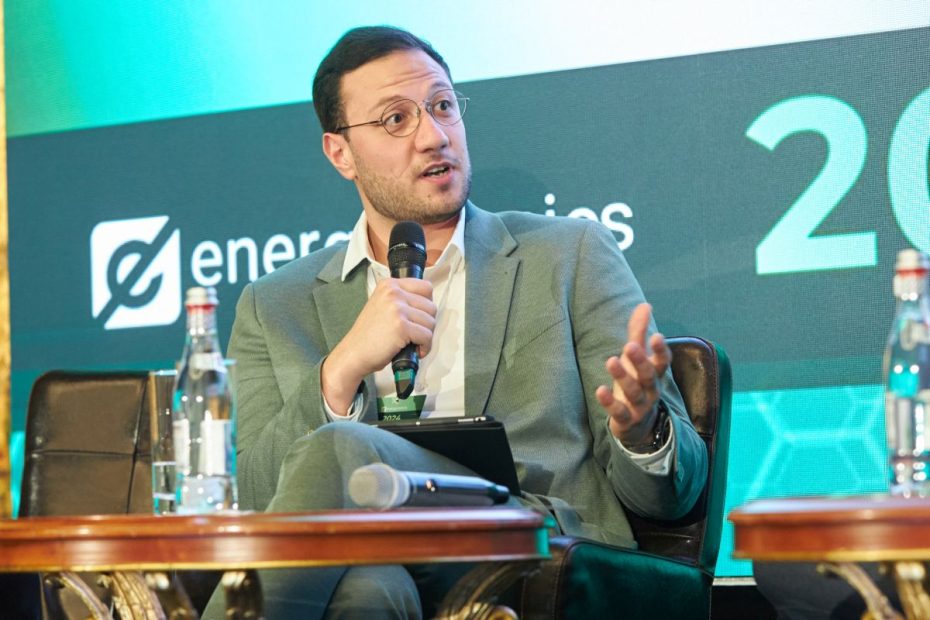Romania will need large amounts of hydrogen in 2050, and to produce this fuel will also require significant renewable energy production capacity, ranging in scenarios created by the Energy Policy Group (EPG) from 52 GW to 70 GW, said Mihnea Cătuți, Head of Research at the EPG think-tank, at the conference “2024: A defining year for the renewable energy sector in Romania”.
Five years ago, EPG started assessing what it would mean for Romania to be completely emission neutral in 2050. In one scenario, Romania would need 52-54 GW of green energy capacity, but if Romania also exports hydrogen in 2050, then the need for new generation capacity would reach 70 GW, ten times more than today.
“In 2050, half of final energy consumption will be provided by electricity. The rest will come from hydrogen, synthetic fuels, carbon capture and storage. But these are all energy-intensive processes, so a lot of energy will be needed,” he said.
By 2030, EPG estimates that Romania will produce 152,000 tonnes of clean hydrogen, half of which will be used in transport, 37% in industry and the rest in new industries.
Last year, the European Commission decided to launch a first price-based pilot auction to support hydrogen from renewable sources. The budget for this was 800 million euros over ten years.
CHECK The numbers in the “Monitor of the Romanian Photovoltaic Projects”
The European Commission has set an ambitious target of producing 10 million tonnes of hydrogen from renewable sources by 2030. The Commission also estimates that the price of hydrogen from renewable sources in the EU is between 2.5 and 5.5 euro/kg, driven by the price of renewable electricity and electrolysers, while the price of hydrogen from fossil fuels is around 1.5 euro/kg.
The Commission estimates that domestic production of hydrogen from renewable sources will cost between 335 and 471 billion euros. Imports would cost an additional 500 billion euros. Given the scale of these investments, public funding should only serve as a catalyst in creating a hydrogen market. Financial support should not continue after the market has developed, according to official Commission data.
The conference “2024: A defining year for the renewable energy sector in Romania” was organized by Energynomics with the support of our partners: ADC, Alive Capital, CRC Energy, Elektra Renewable Support, EnergoPower, Ensys, Extro, Horváth, ING Bank, LONGi Solar, Monsson Operation, Nofar Energy, OX2 România, Photomate, PNE Romania, Polytrade Global, REI Grup, Renomia, Sph3ra Management Solutions, Transelectrica, WALDEVAR Energy, Wiren Romania. On this occasion, Energynomics launched its first report under the initiative “Monitor of the Romanian Photovoltaic Projects”.
